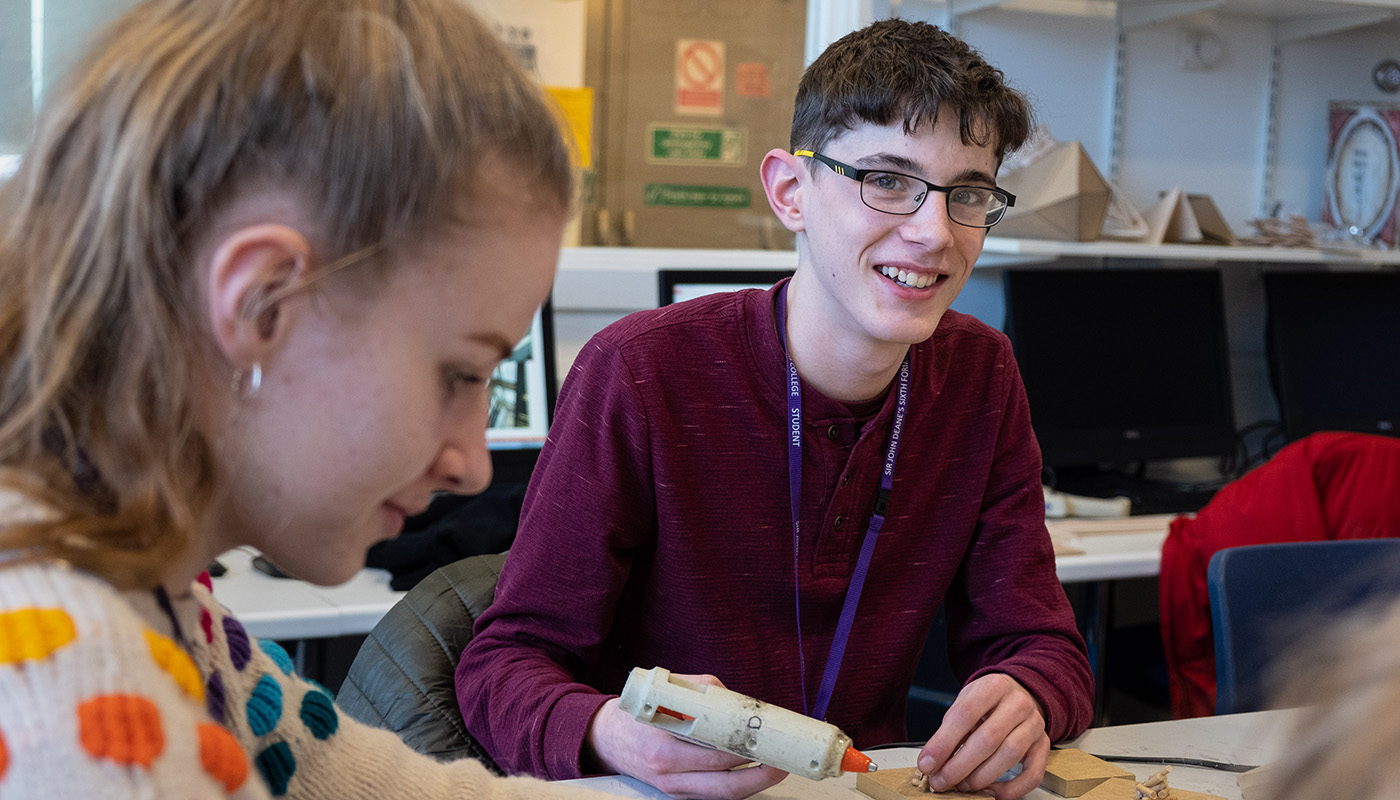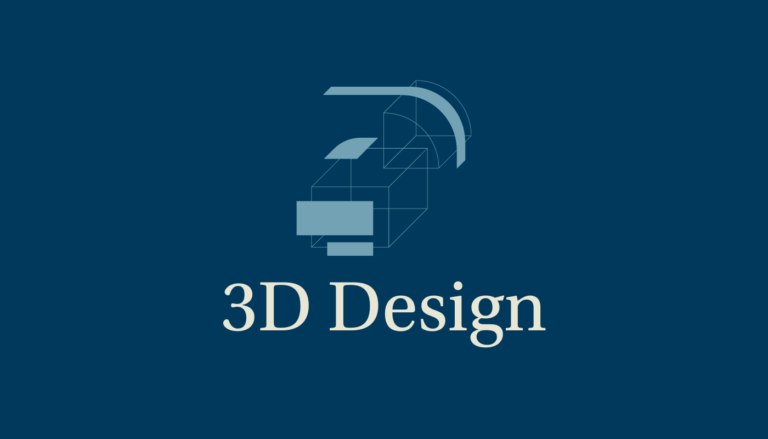3D Design with Graphics

During the course you will build up a range of graphic illustration skills to be able to create your own designs as 3D models. These skills will range from pencil and rendered sketches through to using sophisticated software packages such as SketchUp, Photoshop, 2D Design, Artisan and Shaderlight. You will be trained to use our 3D studio tools and machinery — from simple hand tools to use of the laser and 3D printer. During the course you will have the freedom to choose your major design project, which could be architectural, interior design, products, sports equipment or jewellery.
Students can use the facilities in the department outside of timetabled lessons. This extra studio time can be used to enhance practical coursework or to learn more about our computer-aided design packages. You will have access to many trips and visits undertaken by art and design students, and some specific to your course.
The course is an excellent foundation for Higher Education and a range of career opportunities. Past students have gained degrees in a wide variety of disciplines including Product Design, Graphic Design, Sports Equipment Design and Architecture. Over the past four years about 70% of our students have gone on to university. Of these, 45% have taken design related courses. Other students have taken Art foundation courses, modern apprenticeships or gone straight into paid employment.
Personal investigation – Coursework – 60% of marks
Externally set assignment – 40% of marks
���ܳ�������������
In the first year of study students are given a wide range of small projects that equip them with the skills needed to independently undertake their second year. These projects will teach the students how to use the workshop, present and model ideas and use machines such as the laser cutter and 3D printer. Students will also be taught how to use computer software such as Photoshop, Illustrator and Sketchup alongside developing traditional skills such as drawing and photography.
Having completed their first year students can then specialise in their chosen field of design in their second year. This takes the form of a five month project and students would be expected to produce a folder of work to accompany a final made piece/model. Past projects have evolved around architecture, product design, interior design, graphic design and furniture design alongside more unusual undertakings such as theatre set design and computer game art. It is entirely up to the student which discipline they undertake. In the February of the second year students will be given an externally set assignment unit. Again, students are free to choose which design discipline they undertake this in.
The externally set assignment expects the students to produce a folder of coursework/design ideas to accompany a final made piece/model. This final piece must be made within 15 hours controlled time but the folder of coursework takes place over February, March and April. The 15 hour controlled exam takes place in late April.
Use the internet and books to read about the Bauhaus Design Movement.
Study Level
A Level
Exam Board
Eduqas
Contact Details
Mr S Davies
Head of Department
davies_s@sjd.ac.uk
